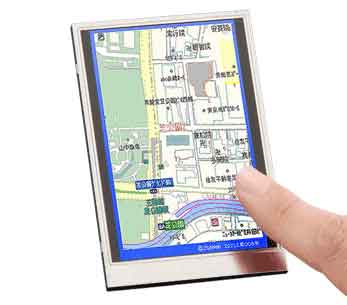Technologists at Sharp's Oxford Laboratory have demonstrated that photodiodes could be located at every pixel of a liquid crystal display, creating a display that can 'see'.
Now, after a close collaboration between the research team and development engineers in Japan, Sharp is to mass produce the technology.
Today, touch screen functions are becoming indispensable on displays for mobile devices such as smartphones and digital cameras.
However, conventional methods of making such interactive displays involve laminating or bonding a film on top of the LCD panel, leading to a reduction in the display image quality and an increased display thickness.
The Sharp technology, however, eliminates the need for films, resulting in a thinner screen compared to conventional touch screens. In addition, it is now possible for users to simultaneously touch multiple points on the screen, a feature that was previously difficult to implement.

The new screen could also be used to scan a business card placed on top of it, and further improvements to its design are expected to enable fingerprint authentication.
Sample shipments of the display will begin this month, with volume production slated to start next spring.




April 1886: the Brunkebergs tunnel
First ever example of a ground source heat pump?